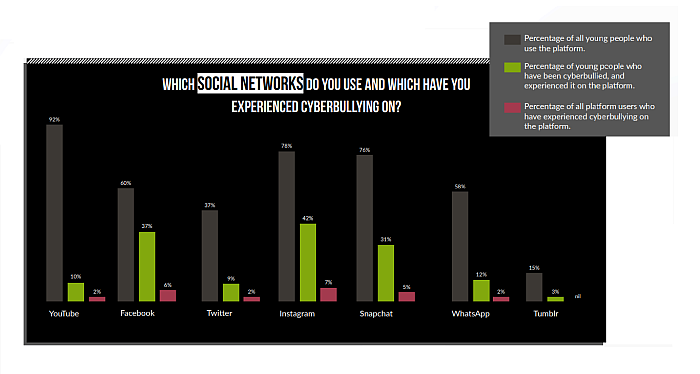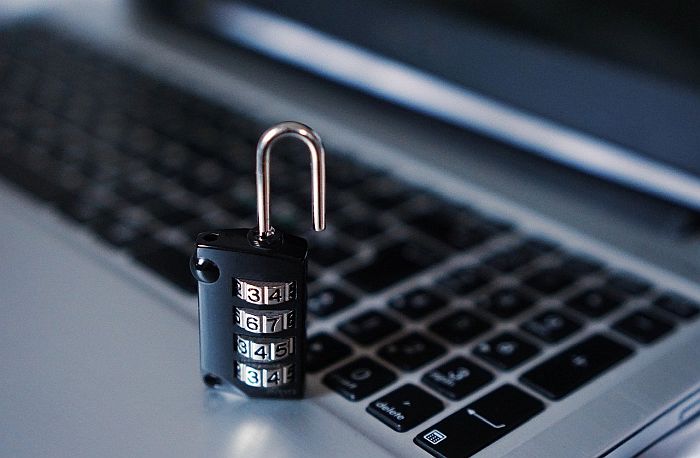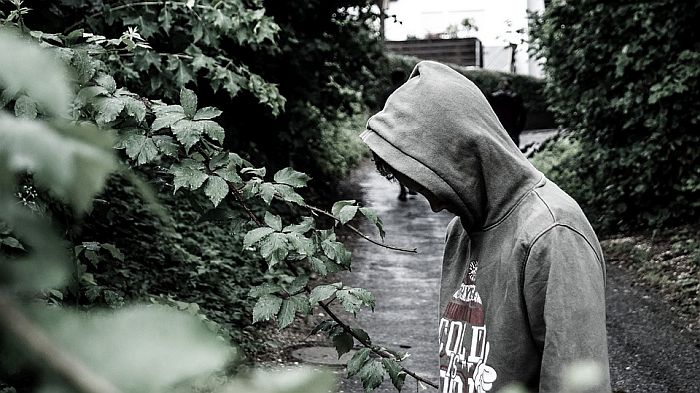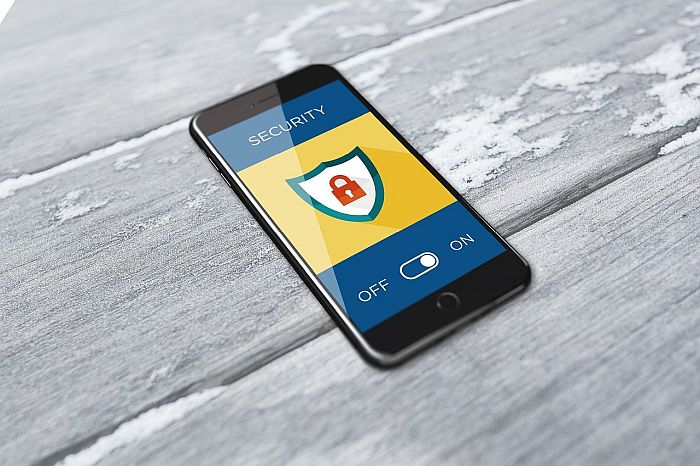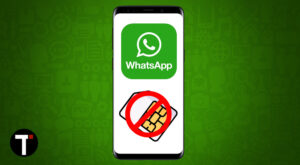Keep reading to learn how to keep your child safe on Instagram.
Instagram Dangers To Be Aware Of
Predators
The internet is the perfect place for child predators to find victims because they can disguise their identities and talk to children privately. Because it’s so popular with minors, Instagram is the site most used by child predators. As Naomi from Zift in the below video explains, teenage Instagram users tend to use the platform as a “digital diary,” sharing information such as their full names, phone numbers, email addresses, and even their exact locations. Additionally, Instagram posts are publicly viewable by default: With this freely-shared information and whatever they can coax out of their targets, predators can devise plans to meet them alone. Of course, some predators are content to exploit minors online. They may speak to them inappropriately, send or request inappropriate pictures, and use said pictures as blackmail. They can even subscribe your child’s account to other unwanted accounts without their knowledge.
Mature Content
Instagram wasn’t designed for kids. If your child only follows real-life friends and doesn’t search for anything, they’ll hopefully only see clean content. However, it’s likely that they’ll follow strangers, potentially exposing themselves to sexual content, harsh language, drugs, and dark subjects, like suicide. They may also be manipulated by marketing. Also, despite Instagram’s policy against nudity, the platform is chock full of pornography that users can find with certain search terms. The site is also a popular marketing platform for porn stars.
Cyberbullying
The internet makes it easy to bully people anonymously, sometimes in virtual mobs. Over one in five 12 to 20-year-olds get bullied on Instagram, according to a 2017 survey by Ditch the Label, an anti-bullying nonprofit group. Some cyberbullies create new Instagram accounts to publicly trash their victims. Here, they may share the victims’ secrets, humiliating photos, or people’s mean comments about them. Luckily, it’s easy to manage comments on Instagram: here’s how. In addition to this and direct harassment, there’s an especially damaging method of harassment called doxing, in which the abuser finds and publishes someone’s personal information for all the world to see, often encouraging mobs of strangers to harass the victim or call their employer. It’s a good idea to block bullies on Instagram. Here’s what will happen if you do.
Viral Exposure
You can never predict if a post will go viral. If your child or teen posts potentially embarrassing content, it may spread before they can delete it. They may even become an unwilling internet celebrity. Instagram posts are publicly visible by default, and visibility settings apply to all of an account’s posts. In other words, you can’t make only some of your posts private. To get the most likes, your child may risk humiliation by keeping their visibility public. All over the internet, there are images and videos of people embarrassing themselves when they were younger, not realizing that they may one day regret the post. Your child’s most embarrassing posts may circulate online indefinitely.
Hackers
People hack social media accounts for many reasons. Some aim for identity theft. Others want incriminating or embarrassing information to use for blackmail. Additionally, because Facebook deletes fake accounts (and owns Instagram), criminals may steal legitimate Instagram accounts to use for nefarious reasons. Commonly, they sell them to other criminals or use them to spread propaganda or spam. In addition to your legal name, date of birth, and location, criminals can use seemingly innocuous information to get what they want. As a security measure, for example, many websites ask for your pet’s name, mother’s maiden name, or the city where you were born. If you feel like someone is using your account, learn how to tell, for sure, by reading this article.
Mental Health Problems
A study conducted by the Royal Society for Public Health found that out of YouTube, Twitter, Facebook, Instagram, and Snapchat, Instagram is the worst for one’s mental health. It isn’t hard to guess why — the whole point of Instagram is to curate the best-looking parts of your life and view others’ apparently beautiful lives. Even many adults believe that the lives of others are as glamorous as they look online. Though correlation isn’t causation, several studies have found that teens who spend the most time on social media are the most likely to be depressed. It’s possible that even a small problem may trigger erratic behavior. Possible reasons for this include comparing oneself to others and living a sedentary lifestyle. Instagram can also be extremely addictive. Nir Eyal, author of “Hooked: How to Build Habit-Forming Products,” explains several reasons why:
Picture-taking can be a compulsion, especially for nostalgic types.
Instagram’s filters make ordinary images look stunning.
Using Instagram’s filters makes you more likely to share images.
The above factors lead people to use Instagram as their default photo app.
Instagram is a social network. People want to connect with others and experience things together. Users may develop an unhealthy fear of missing out, causing them to be glued to their accounts.
Potentially Dangerous Challenges
The internet promotes many silly fads, such as planking and the ice bucket challenge. Some are more dangerous than they appear. For example, the cinnamon challenge requires someone to swallow a spoonful of cinnamon without water in one minute. Doctors have warned that this can cause choking and even respiratory failure. According to Dr. Steven E. Lipshultz, a pediatrics professor from the University of Miami Miller School of Medicine, cinnamon doesn’t break down easily because it’s made of tree bark. As a result, it can scar lung tissue. On her fourth try of the cinnamon challenge, 16-year-old Dejah Reed inhaled some into her lungs. Her father discovered her with a “pale bluish color.” After being hospitalized for four days, Dejah came home with an inhaler and now suffers from long-term breathing problems. Other fads, such as the Tide Pod challenge, started out as a joke until people without any common sense actually ate them. What began as a meme led to teenagers actually consuming pods of Tide Laundry detergent, which can cause serious injury and death: Even fairly safe challenges can be done dangerously, especially by those desperate for attention. For example, planking is an older fad from the late 2000s. People would lie down straight in odd places and have friends take their pictures. In Brisbane, Australia, 20-year-old Acton Beale fell to his death after trying to plank on a seventh-floor balcony. Though not a teenager, it isn’t difficult to see people younger than Beale making the same mistake. According to Dr. Claire McCarthy, Senior Faculty Editor of Harvard Health Publishing, many teens take risks, such as the Tide Pod challenge, because the last part of the brain to mature is the frontal lobe, which we use to evaluate risks and plan our actions. At the same time, teenagers still have a childlike ability to learn quickly. They basically absorb many new ideas without the maturity to evaluate them rationally.
Private Messaging
The problem with private messaging is that you can’t see your child’s private exchanges with others. Knowing this, your child may take risks under the false impression of security. One risk they might take is sexting, which may lead to blackmail, public humiliation, and legal repercussions. They may also talk to bad influences such as predators, drug dealers, or badly-behaved peers. The illusion of privacy and misplaced trust may lead your child to share private information such as their address. They may also opt to meet up with strangers, not understanding that their online personas may be fake.
“Rinstas And Finstas”
It’s common for Instagram users to have real accounts, called “rinstas,” and fake accounts called “finstas.” Ironically, finstas more accurately represent their users. People use them with close friends. People use rinstas for their online personas, usually to curate things that make them look good. Having two or more accounts can help kids explore their identities, but there are some risks to consider. Not only can bullies and predators use fake accounts, but an insecure user may try obsessively to look like they have a perfect life.
How To Keep Your Kid Safe On Instagram
Teach Them About Internet Stranger Danger
Just because your child understands offline stranger danger doesn’t mean they understand its online equivalent. In the offline world, they can clearly tell grownups apart from their peers. Explain to your child that bad people can deceive them with fake personas. Instruct your child to never share information such as their home address, to only befriend people they know, and to listen to their intuition when something feels wrong.
Tell Them To Speak Up When They Need Help
If your child experiences one of the above Instagram dangers, they may be reluctant to tell anyone what’s happening. Promise your child that you’ll listen empathetically if they ever need you to. Also, tell them they can talk to another trusted adult if they’d rather not talk to you.
Observe Your Child’s Behavior
If your child starts acting strange, it may be due to something happening on Instagram. Watch out for low moods, lethargy, and reclusiveness. If they seem to use Instagram excessively, they may have an addiction. If your child starts saying or doing inappropriate things, they may have one or more bad influences on Instagram.
Warn Your Child That Whatever They Post May Stay Online Permanently
Make your child understand that what they post can haunt them for years. Tell them that if they have second thoughts about posting something, they probably shouldn’t. As painful as it is to admit, every child has the potential to be a bully. Stress to your child that that behavior is not only unacceptable but may become viral or immortalized by other users.
Remind Them That Other Users Aren’t As Happy Or Successful As They Look
Other people join Instagram for the same reasons your child wants to — they want to connect with friends and show off the best parts of their lives. Remind your child that the pretty, popular, and apparently wealthy people on Instagram only post what they want others to see.
Monitor Their Instagram Use
Instagram provides no direct way for parents to monitor their children’s Instagram accounts. You can follow your child’s account (and their friends’) with your own, but you won’t be able to read their private messages. You could also periodically log into your child’s account if they’re willing to tell you their username and password. Third-party monitoring apps, such as mSpy, make it much easier to observe your child’s account activity without their cooperation. Read the full mSpy review in this post.
Security Measures
The best way to protect yourself against hacking is to use two-factor authentication for your email and Instagram accounts. This way, whenever someone logs into either account from a new device, they’ll have to enter a code sent to their phone. Of course, if a criminal is able to transfer your child’s phone number to their device, this won’t work very well. To prevent this, tell your cell phone carrier never to port your child’s number to a different device. Also make sure your child uses a strong, unique password for each account. Ideally, it should have a mix of letters, numbers, and special characters. Finally, make sure your child doesn’t share their phone number, address, or other private information on their profile.
Earn Your Child’s Trust
When it comes to your child’s safety on Instagram, the most important thing is for them to trust you. If they are getting bullied, blackmailed, or harmed in any other way, they may not tell you if they think you’ll react harshly. Never invalidate your child’s thoughts or feelings, even if they make no sense to you. Listen empathetically, show that you want to understand them, and respect their personal boundaries. Just because a child’s inner world is childish doesn’t make it any less important to them. It’s also important to be predictable. Clearly communicate rules to your child, and don’t change them frequently. Apply punishments and rewards consistently. If your child doesn’t know what to expect, they won’t feel emotionally safe with you.
We Hope Your Child Will Enjoy Instagram Safely!
With so many kids joining Instagram, it’s important to know about its dangers. But if your child is mature and well-informed, it may be perfectly fine for them. If not, we recommend blocking adult content on your child’s devices. Did you enjoy this article? If so, please share it. Please also share your thoughts in the comments. Save my name, email, and website in this browser for the next time I comment. Notify me of follow-up comments via e-mail.
Δ

